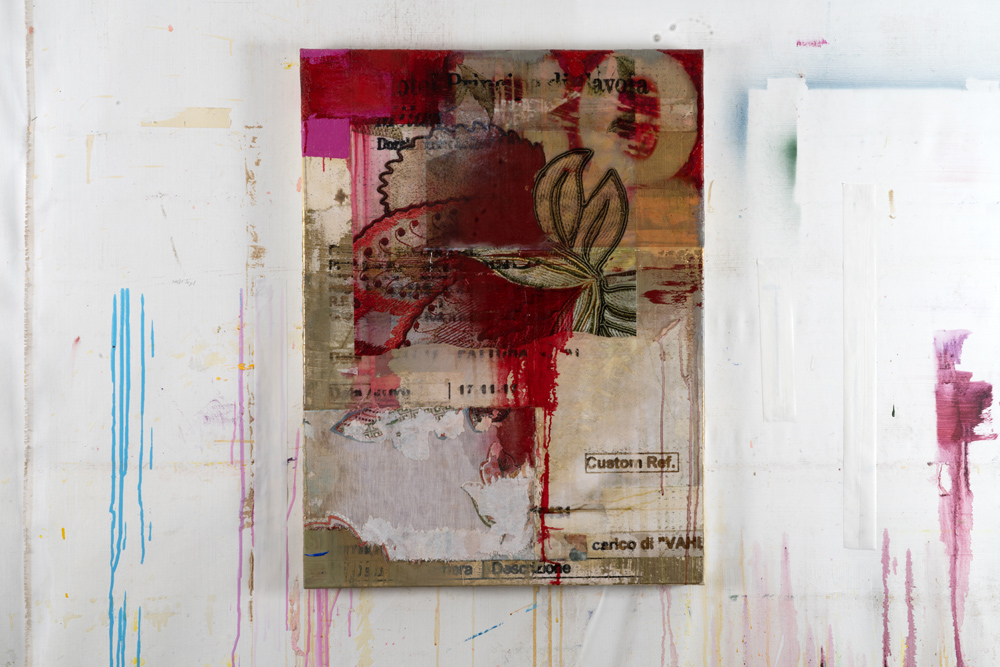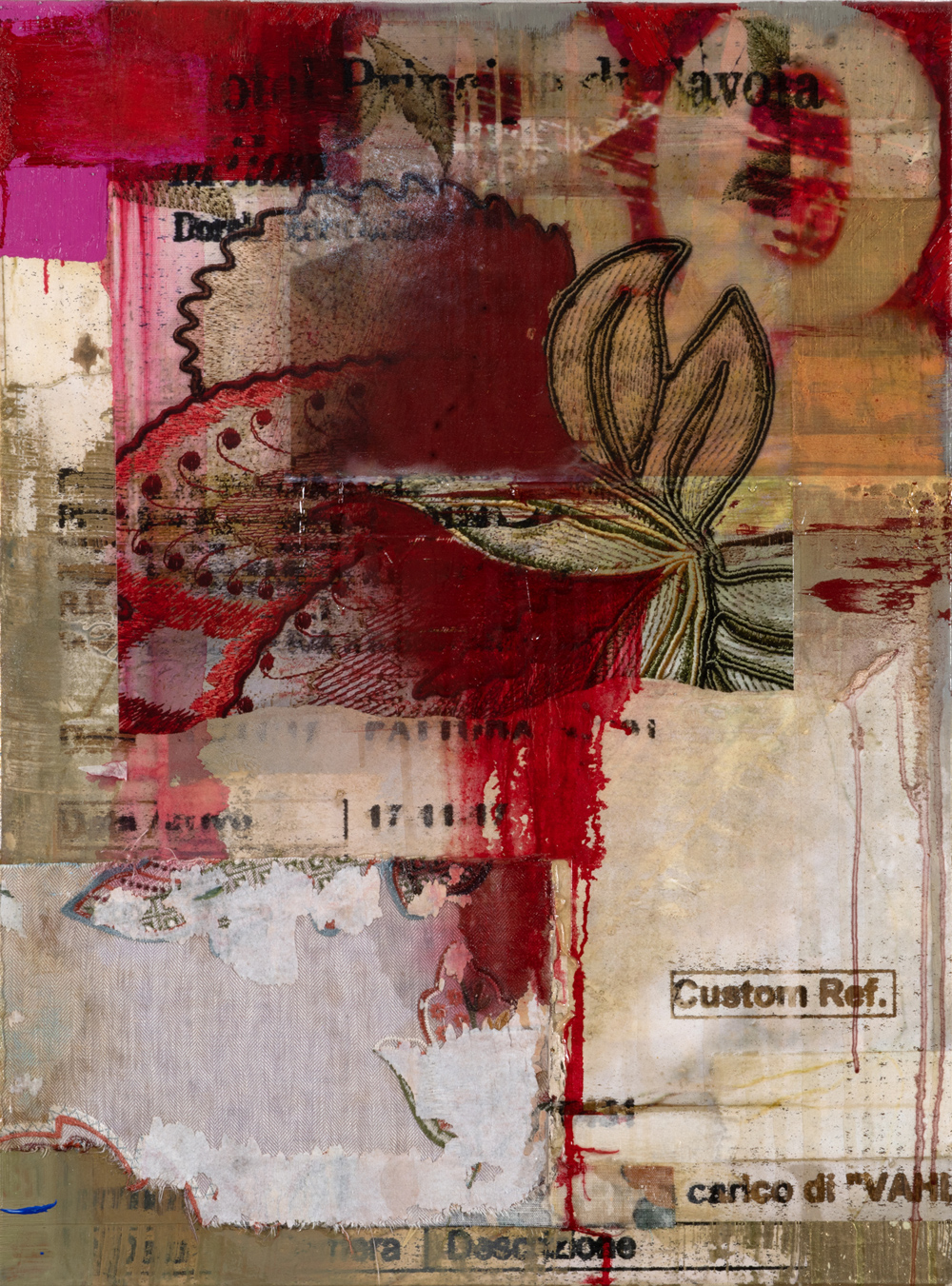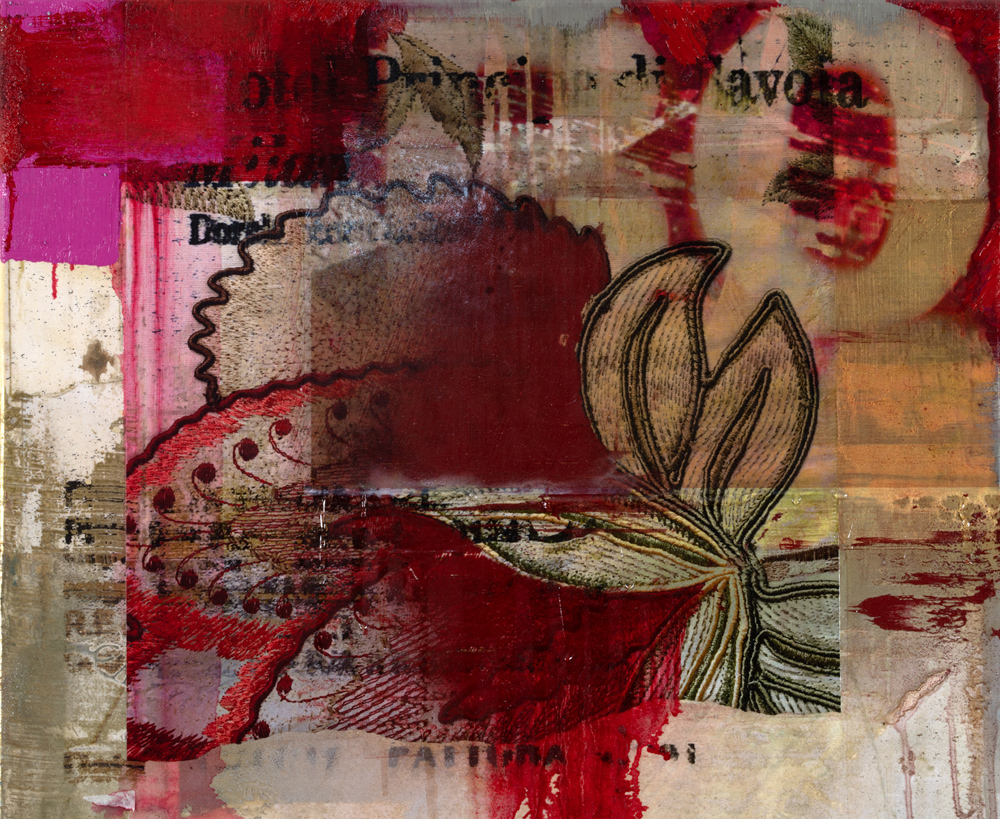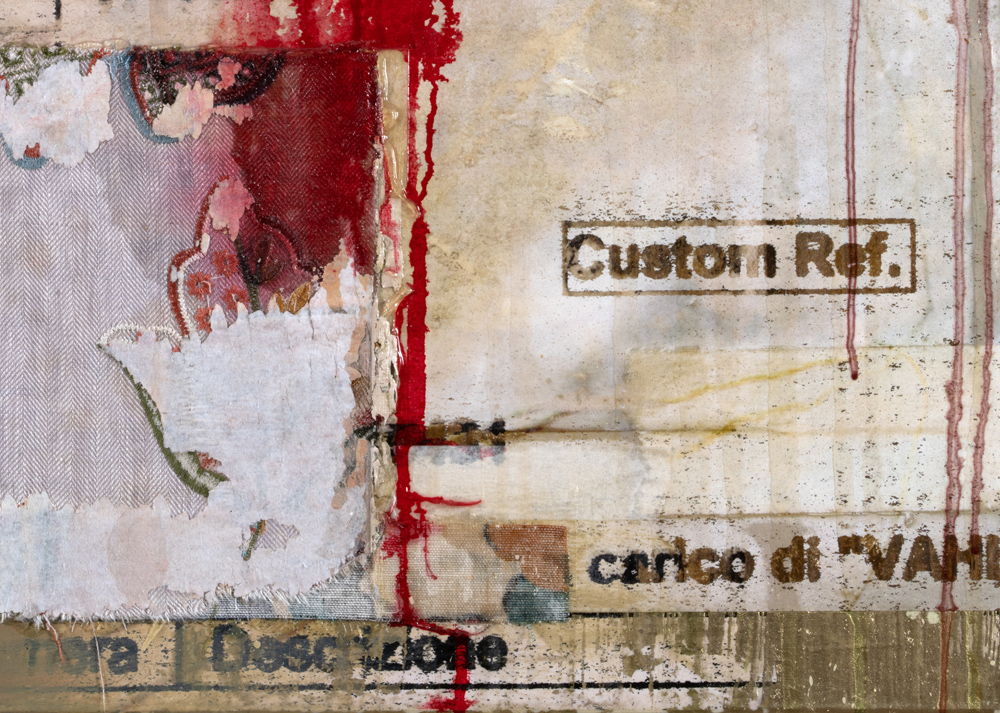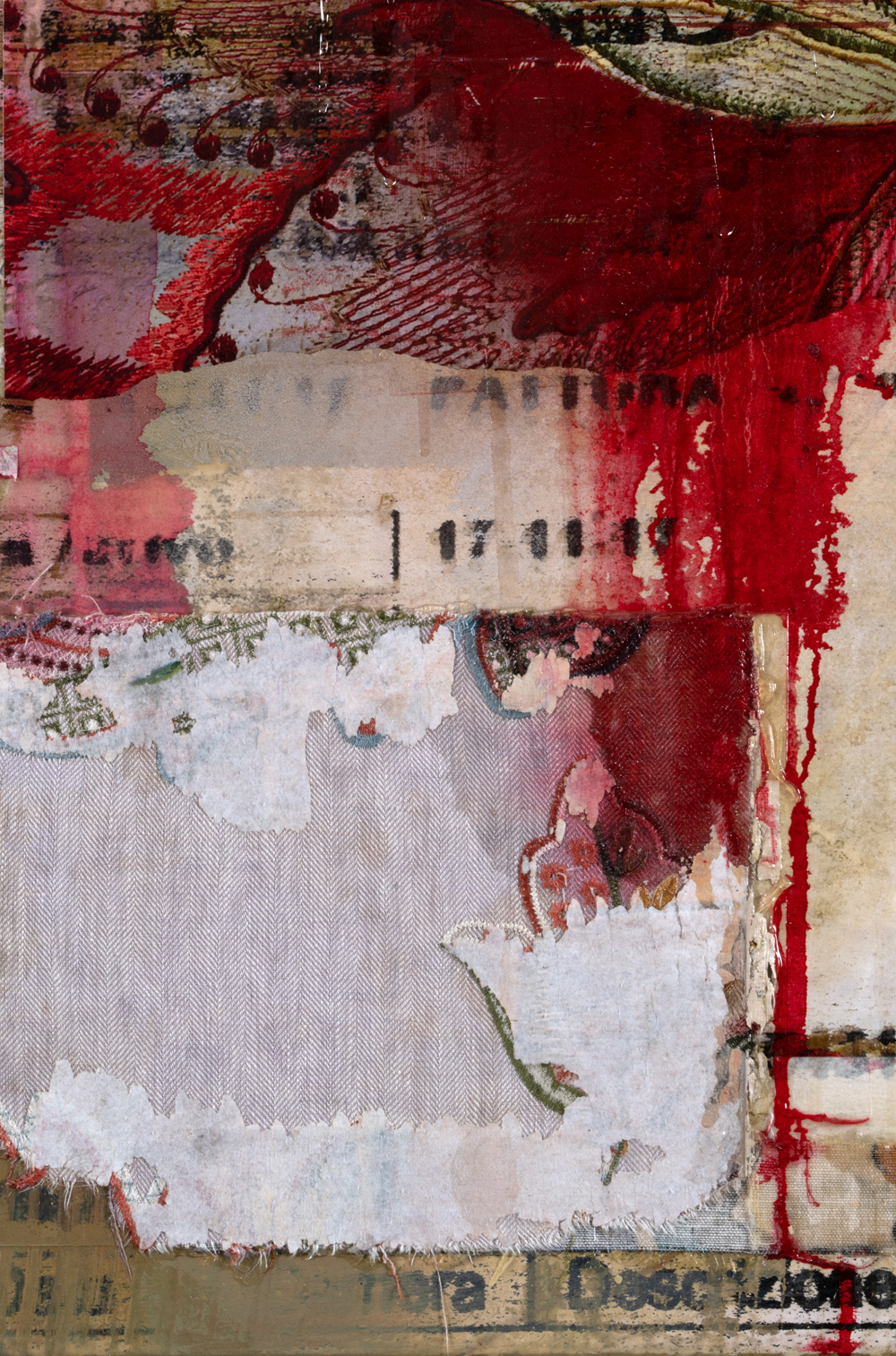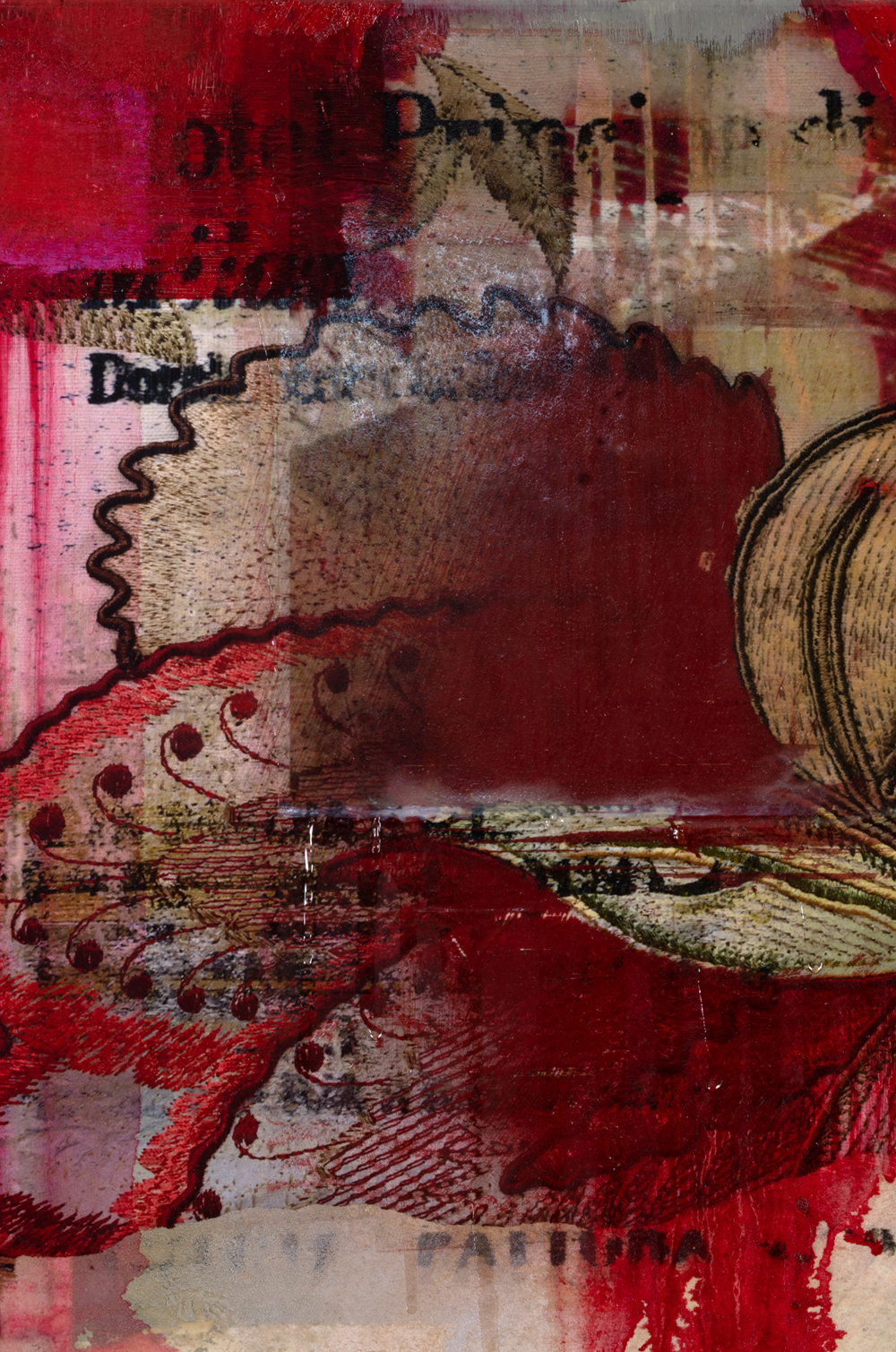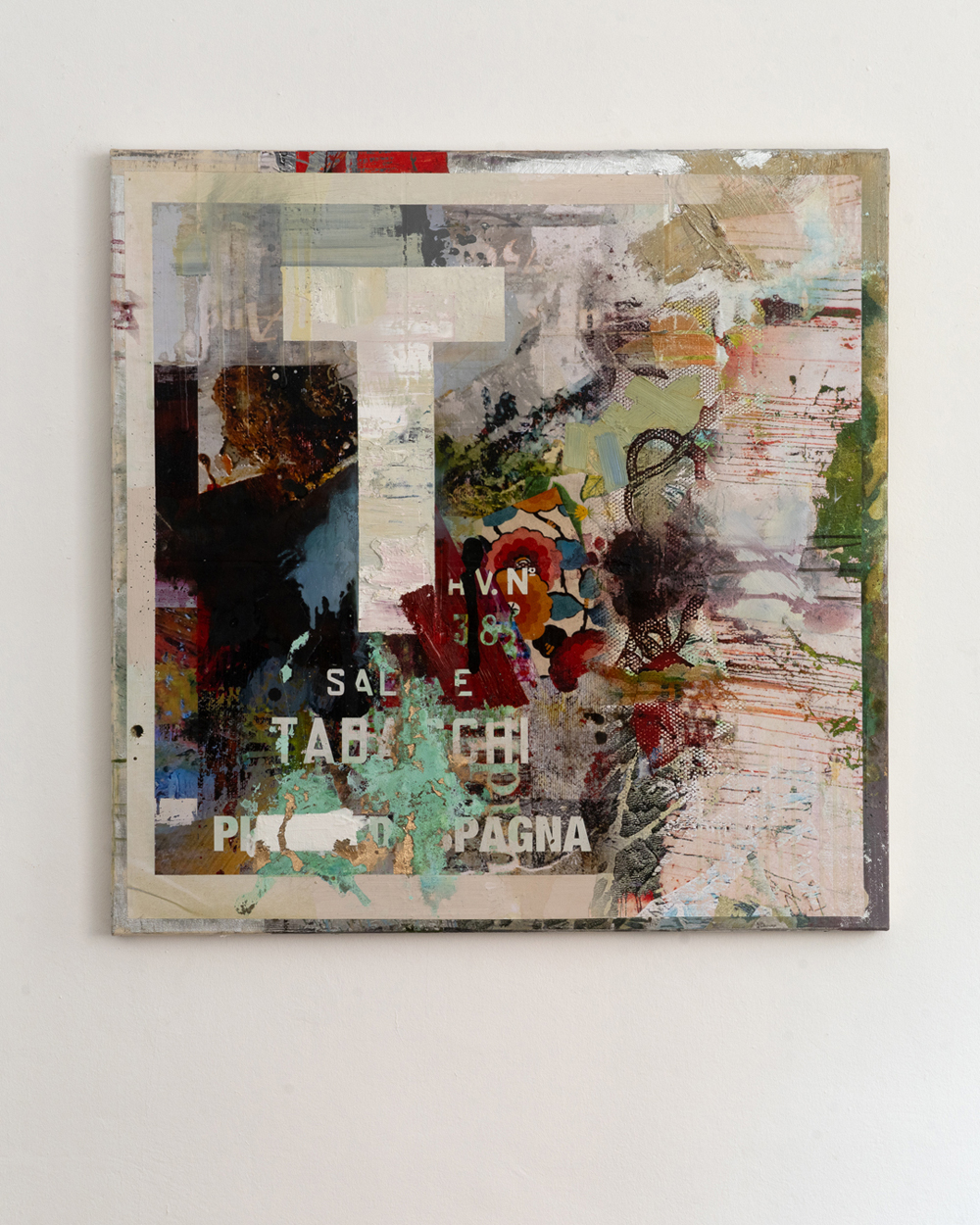Dialogue in the Void – Artnews – Peter Vahlefeld Renzo Marten’s new Institute for Human Activity is a somewhat provocative example of such an ecological approach to doing art, albeit polemically so. It is born from a frustration with the normalized hypocrisy of artists who make supposedly ‘edgy’, biennial-friendly work about remote, impoverished parts of the world, only for those artworks to be shown in metropolitan centers primarily for the benefit of museum audiences. In response, Martens prioritizes structural consequences where this work is made. Addressing the limitations of his own seminal film Episode 3: Enjoy Poverty, the artist is currently establishing an art space in a particularly remote part of the Congo for the purpose of exploiting the newly founded institution’s primary consequence – as a centre of gentrification. Within five years, Martens aims to have initiated sufficient economic growth in the area through art-led hipsterization that it will be possible to buy a cappuccino in that isolated part of the African jungle. Ironically basing his plans on Richard Florida’s dubious ideas about art’s uses in urban regeneration, Marten’s takes as his materials art’s actual local effects, rather than those interpretational consequences that are only for the work’s distant spectators. His appropriating of Florida’s ideas may be ironic but the explicitly infrastructural materiality of his work is deployed directly and not at all from any safe so-called ‘critical’ distance. This is not a conceptual proposition but an actual inflection in the landscape, taking as its materials the real social processes by which art’s institutions shape their environment.
After the historical glitch of autonomy and beyond the fantasy of individual freedom, the likes of K-HOLE, Shanzhai Biennial, Kristin Luke’s The Air Inn Venice, Brace Brace, Andrew Norman Wilson‘s Sone agency, Special Service, New Ultra Group and DIS (most notably for Kenzo) are doing art through commercial processes, whilst Auto Italia, Calla Henkel & Max Pitegoff’s New Theatre, Arcadia Missa, Hotel Palenque, Misery Connoisseur, Peles Empire, Renzo Marten’s new Institute for Human Activity, Jonas Staal (including his collaboration with Metahaven) and V4AULT.cc are making institutions and building platforms. These practices require our spectatorship as part of their materials but not necessarily as their sole purpose.
Many of these tend to exist simultaneously or at different times as artists, as artworks and as curatorial platforms that, in turn, include other artists and their artworks as materials or content and where the viewer too becomes material/content, such that the category distinctions between artist, artwork, gallery, viewer become irrelevant or at least highly complicated and entangled. Reena Spaulings, for example, began her life in the New York art world as the fictional title character in Bernadette Corporation’s group-written book, before opening a commercial gallery and then becoming an artist herself who is represented in turn by other galleries. Reena Spaulings now operates as an artist, an ongoing artwork and as a functioning business that in turn represents other artists. The multiple roles occupied by Reena Spaulings could be understood as the appropriate solution to Conceptual Art’s mistargeting of the art object through its strategy of dematerialization from the late 1960s and 70s. Value never lay in the art object anyway; it was in the brand of the artist. So the dis-incarnation of the artist is perhaps more interesting, or at least with higher stakes, than the dematerialization of the art object. And it seams to me that the underlying category distinction that is being dissolved here is the phony binary between subject and object upon which the fantasy of autonomy is based. Beyond this humanist myth, the distributed ‘large-scale art objects’ or ‘hyper objects’ mentioned here can themselves be understood as sites of intersection between human and non-human materiality, too dispersed to be seen in their entirety and transcending localized interpretation.10 Art then becomes an issue not of either artistic or interpretational autonomy (in either Greenberg’s or Rancière’s11 formulations respectively) but rather of negotiating agency within its contiguous ecologies of interdependencies.
by Christopher Kulendran Thomas
